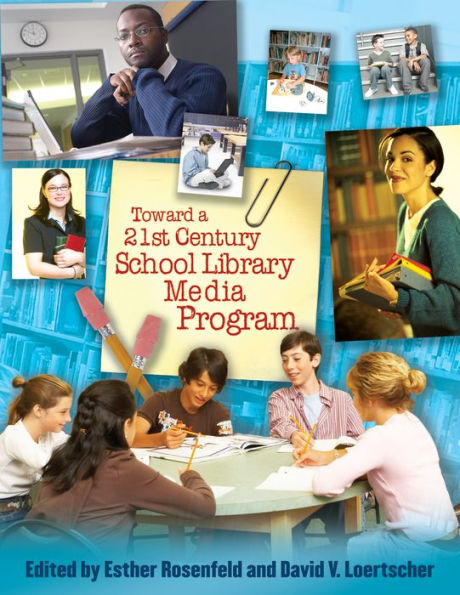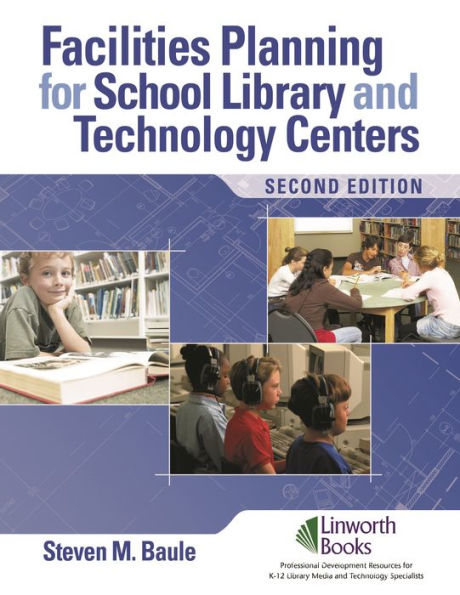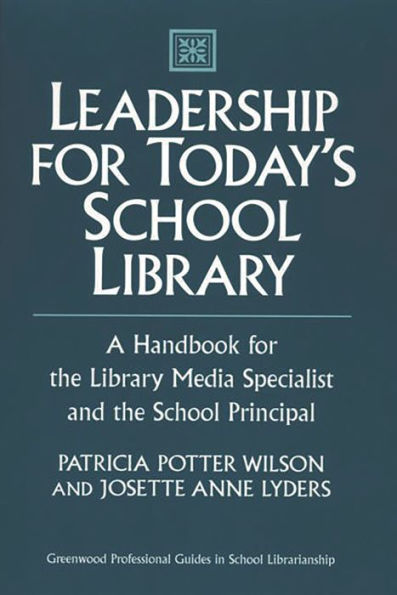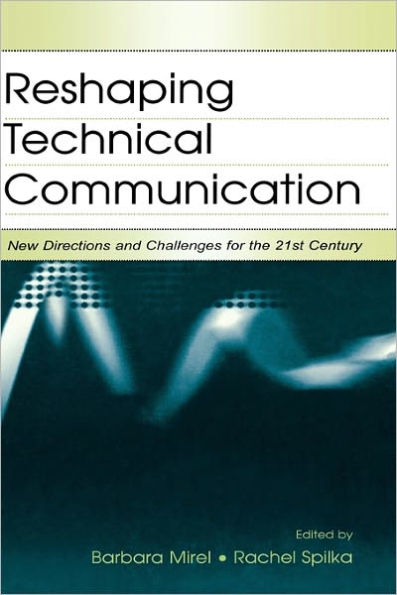Home
School Library Media Centers in the 21st Century: Changes and Challenges / Edition 1
Barnes and Noble
Loading Inventory...
School Library Media Centers in the 21st Century: Changes and Challenges / Edition 1 in Franklin, TN
Current price: $72.00
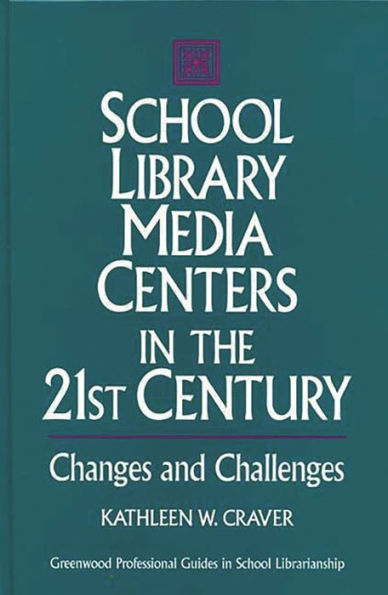
Barnes and Noble
School Library Media Centers in the 21st Century: Changes and Challenges / Edition 1 in Franklin, TN
Current price: $72.00
Loading Inventory...
Size: OS
School library media centers are at a critical juncture. Over the next decade, schools will undergo fundamental technological, economic, societal, instructional, and administrative changes. Craver discusses the major forces for change confronting school libraries, analyzes their implications as a guide for future decision making, and recommends that school library media specialists assume a leadership role in meeting these challenges. The work provides current data and statistics on future trends in technology, employment, education, society, instruction, and school administration that can help the school library media specialist to formulate forceful arguments for the acquisition of new technologies, instructional reform, and full implementation of resource-based learning. School library media specialists who need to plan and make decisions about the future of their school libraries will find this book an invaluable resource.
To visualize the future, Craver creates contrasting scenarios of utopian and dystopian school library media centers in the 21st century. Chapter 1, Technological Trends, discusses the digitalization of all media and the implications of the technological revolution on the school library media center. Chapter 2, Economic Trends, considers the impact of demographic changes and declining budgets and how to deal with them. Chapter 3, Employment Trends, outlines future trends in the workforce and suggests ways in which the school library can respond. Chapter 4, Educational Trends, charts the decline in literacy and the growing school reform movement. Chapter 5, Social and Behavioral Trends, discusses the change from a nation with minorities to a nation of minorities and the transformation of the American family. Chapter 6, Instructional Trends, shows how the instructional role of the school library media specialist will change with the presence of advanced technologies. Chapter 7, Organizational and Managerial Trends, describes the role the school library media specialist will have to assume as the technological, economic, educational, and cultural changes affect the daily business of the media center. Chapter 8, Challenges, focuses on a series of challenges in technology, performance-based programs, collection development, instruction, and organization and manayement of the library media center.
To visualize the future, Craver creates contrasting scenarios of utopian and dystopian school library media centers in the 21st century. Chapter 1, Technological Trends, discusses the digitalization of all media and the implications of the technological revolution on the school library media center. Chapter 2, Economic Trends, considers the impact of demographic changes and declining budgets and how to deal with them. Chapter 3, Employment Trends, outlines future trends in the workforce and suggests ways in which the school library can respond. Chapter 4, Educational Trends, charts the decline in literacy and the growing school reform movement. Chapter 5, Social and Behavioral Trends, discusses the change from a nation with minorities to a nation of minorities and the transformation of the American family. Chapter 6, Instructional Trends, shows how the instructional role of the school library media specialist will change with the presence of advanced technologies. Chapter 7, Organizational and Managerial Trends, describes the role the school library media specialist will have to assume as the technological, economic, educational, and cultural changes affect the daily business of the media center. Chapter 8, Challenges, focuses on a series of challenges in technology, performance-based programs, collection development, instruction, and organization and manayement of the library media center.
School library media centers are at a critical juncture. Over the next decade, schools will undergo fundamental technological, economic, societal, instructional, and administrative changes. Craver discusses the major forces for change confronting school libraries, analyzes their implications as a guide for future decision making, and recommends that school library media specialists assume a leadership role in meeting these challenges. The work provides current data and statistics on future trends in technology, employment, education, society, instruction, and school administration that can help the school library media specialist to formulate forceful arguments for the acquisition of new technologies, instructional reform, and full implementation of resource-based learning. School library media specialists who need to plan and make decisions about the future of their school libraries will find this book an invaluable resource.
To visualize the future, Craver creates contrasting scenarios of utopian and dystopian school library media centers in the 21st century. Chapter 1, Technological Trends, discusses the digitalization of all media and the implications of the technological revolution on the school library media center. Chapter 2, Economic Trends, considers the impact of demographic changes and declining budgets and how to deal with them. Chapter 3, Employment Trends, outlines future trends in the workforce and suggests ways in which the school library can respond. Chapter 4, Educational Trends, charts the decline in literacy and the growing school reform movement. Chapter 5, Social and Behavioral Trends, discusses the change from a nation with minorities to a nation of minorities and the transformation of the American family. Chapter 6, Instructional Trends, shows how the instructional role of the school library media specialist will change with the presence of advanced technologies. Chapter 7, Organizational and Managerial Trends, describes the role the school library media specialist will have to assume as the technological, economic, educational, and cultural changes affect the daily business of the media center. Chapter 8, Challenges, focuses on a series of challenges in technology, performance-based programs, collection development, instruction, and organization and manayement of the library media center.
To visualize the future, Craver creates contrasting scenarios of utopian and dystopian school library media centers in the 21st century. Chapter 1, Technological Trends, discusses the digitalization of all media and the implications of the technological revolution on the school library media center. Chapter 2, Economic Trends, considers the impact of demographic changes and declining budgets and how to deal with them. Chapter 3, Employment Trends, outlines future trends in the workforce and suggests ways in which the school library can respond. Chapter 4, Educational Trends, charts the decline in literacy and the growing school reform movement. Chapter 5, Social and Behavioral Trends, discusses the change from a nation with minorities to a nation of minorities and the transformation of the American family. Chapter 6, Instructional Trends, shows how the instructional role of the school library media specialist will change with the presence of advanced technologies. Chapter 7, Organizational and Managerial Trends, describes the role the school library media specialist will have to assume as the technological, economic, educational, and cultural changes affect the daily business of the media center. Chapter 8, Challenges, focuses on a series of challenges in technology, performance-based programs, collection development, instruction, and organization and manayement of the library media center.
